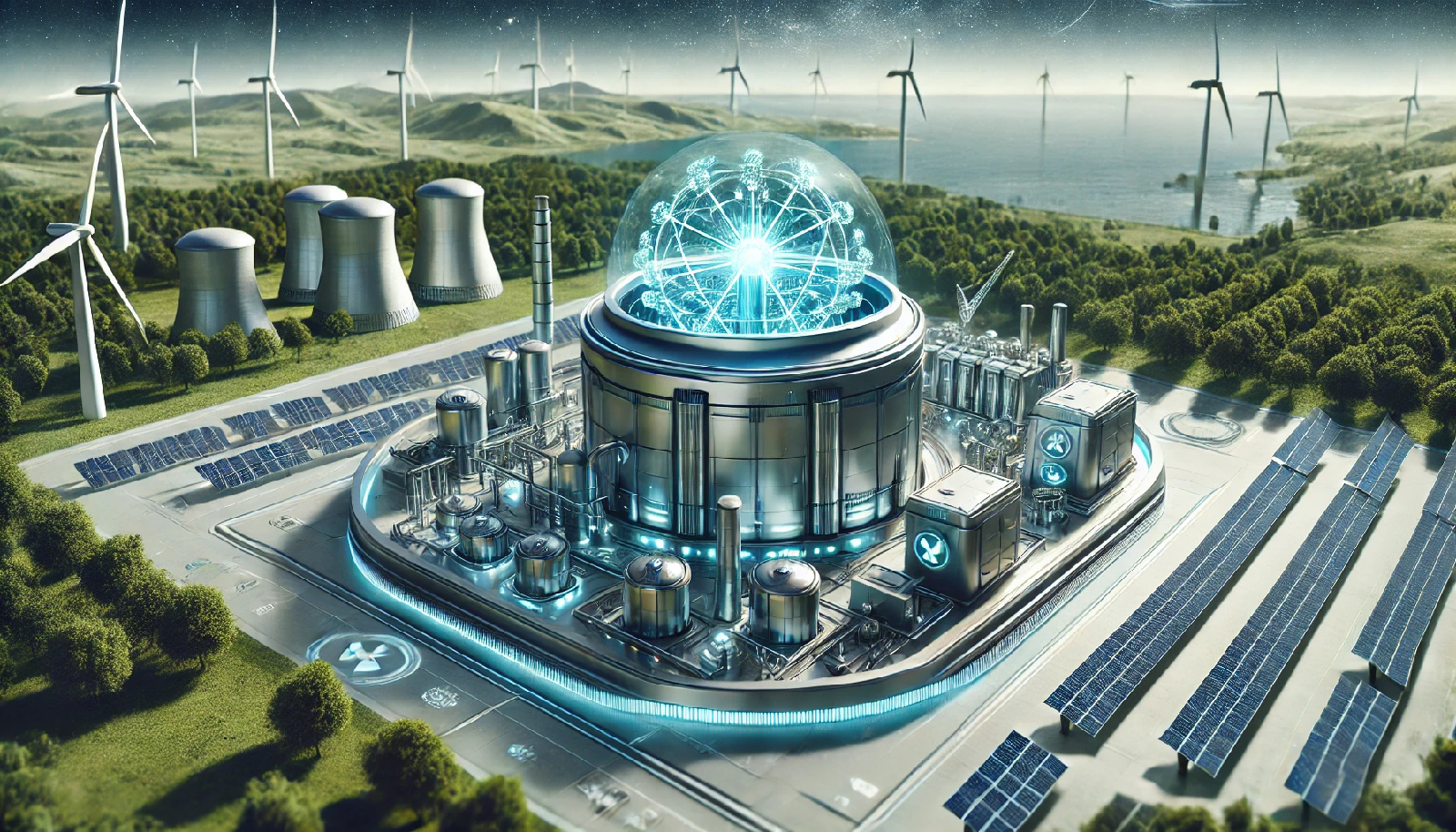Hi there, dreamers and deep thinkers! Today, we’re diving into a topic that could revolutionize the way we think about energy: thorium reactors. They’re not science fiction—they’re real, they’re possible, and they might just be the key to a sustainable future. So, let’s break it down and explore what makes thorium reactors so exciting and how they could transform our energy landscape.
What Is Thorium?
Thorium is a naturally occurring radioactive element, named after Thor, the Norse god of thunder. It’s found in abundance in the Earth’s crust, making it three to four times more plentiful than uranium. Unlike uranium, thorium isn’t fissile on its own, meaning it can’t sustain a nuclear chain reaction. But with the right process, it can be converted into a fuel source for nuclear energy.
In its natural state, thorium is relatively stable and less radioactive than uranium or plutonium. This makes it easier to handle and store, addressing some of the safety concerns associated with nuclear materials.
How Do Thorium Reactors Work?
Thorium reactors use a liquid fuel cycle where thorium is dissolved in a molten salt mixture. When thorium absorbs a neutron, it becomes uranium-233, a highly efficient fissile material. This uranium-233 then undergoes fission, releasing energy in the form of heat.
The heat produced is used to generate steam, which spins turbines to create electricity. What’s fascinating is that thorium reactors are designed to operate at atmospheric pressure, reducing the risk of catastrophic explosions.
Why Thorium Over Uranium?
Thorium offers several advantages over uranium as a nuclear fuel. First, it’s more abundant, ensuring a longer-lasting supply of fuel for future generations. Second, thorium reactors produce less nuclear waste compared to traditional uranium reactors.
The waste they do produce also has a much shorter half-life, meaning it becomes safe in a matter of hundreds of years rather than tens of thousands. That’s a game-changer when it comes to addressing the long-term challenges of nuclear waste management.
Safer by Design
One of the most compelling arguments for thorium reactors is their inherent safety. Unlike conventional reactors, which rely on high-pressure systems, thorium reactors operate at low pressures. This eliminates the risk of explosions like the one at Chernobyl.
In addition, thorium reactors are designed with a fail-safe mechanism. If the system overheats, the molten salt automatically drains into a separate containment area, halting the reaction. No human intervention required—how’s that for peace of mind?
The Environmental Impact
Thorium reactors are a clean energy source with minimal environmental impact. They produce no greenhouse gases during operation, making them an excellent alternative to fossil fuels. Unlike coal or natural gas, they don’t release harmful pollutants into the air.
And because they produce less nuclear waste, the environmental burden of storing and managing radioactive material is significantly reduced. If we’re serious about combating climate change, thorium reactors deserve a place at the table.
The Cost Factor
Critics often point to the high initial costs of building thorium reactors. It’s true—setting up the infrastructure for a new type of reactor isn’t cheap. However, the long-term benefits far outweigh the upfront investment.
Thorium is cheaper to source and process than uranium, and the reactors themselves are more fuel-efficient. Over time, these savings could make thorium reactors a cost-effective solution for countries seeking sustainable energy.
Global Interest in Thorium
Several countries are already exploring the potential of thorium reactors. India, for instance, has one of the largest thorium reserves in the world and is actively researching thorium-based energy solutions. China is also investing heavily in thorium reactor technology, aiming to build a prototype in the near future.
Even smaller nations are showing interest, recognizing the potential for energy independence and sustainability. The global momentum is growing, and it’s only a matter of time before thorium reactors become a major player in the energy market.
The Challenges
Of course, no technology is without its challenges, and thorium reactors are no exception. One significant hurdle is the lack of existing infrastructure to support thorium fuel cycles. Most nuclear reactors today are designed for uranium, so a shift to thorium would require substantial changes.
There’s also the issue of regulatory approval, as governments and agencies are often slow to adapt to new technologies. Finally, while the science is sound, the technology is still in the experimental stage and needs more real-world testing.
Why We Should Care
So, why should you care about thorium reactors? Because they represent a rare win-win in the energy world: clean, sustainable, and safe. They have the potential to address some of the most pressing challenges we face, from climate change to energy security.
And let’s be honest—how often do we come across a solution that checks all the boxes without major trade-offs? Investing in thorium could mean a brighter, greener future for all of us.
The Future of Thorium
The path to widespread adoption of thorium reactors won’t be easy, but it’s worth pursuing. With the right investment, research, and international cooperation, we could see thorium reactors powering cities within the next few decades.
Imagine a world where energy is abundant, affordable, and clean. It’s not a pipe dream—it’s a very real possibility, and thorium could be the key.
Final Thoughts
Thorium reactors might not be a household name yet, but they’re gaining traction for all the right reasons. They offer a safer, cleaner, and more sustainable way to harness nuclear energy. While challenges remain, the potential benefits are too significant to ignore.
As we face the dual crises of climate change and energy scarcity, solutions like thorium reactors provide a beacon of hope. So, let’s keep the conversation going and advocate for the research and investment needed to make this vision a reality.
Stay curious!




